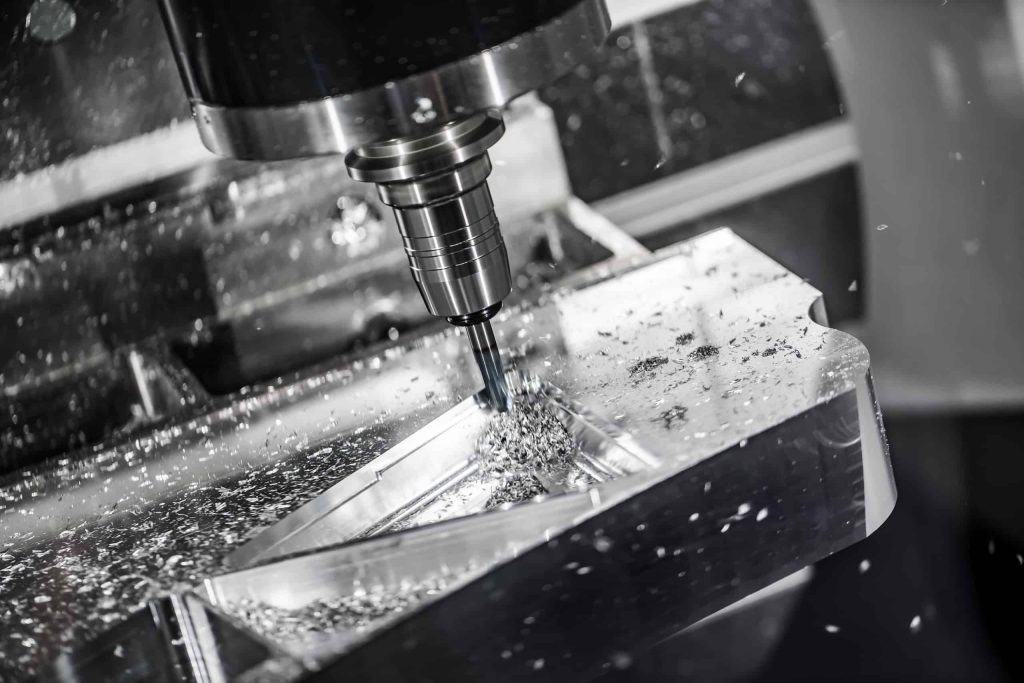Automated milling and turning have revolutionized the manufacturing industry by significantly enhancing precision, consistency, and production speed. These computer-controlled processes, commonly referred to as CNC Computer Numerical Control machining, involve the use of sophisticated machinery and programming to produce intricate components with minimal human intervention. The essence of this automation lies in its ability to streamline workflows, reduce error rates, and optimize material usage, making it a cornerstone of modern industrial efficiency. At the core of automated milling and turning is the integration of CAD Computer-Aided Design and CAM Computer-Aided Manufacturing software. Engineers first create a digital model of the component to be produced using CAD software. This model is then translated into a set of instructions through CAM software, which generates the toolpaths that the CNC machine will follow.

These instructions are fed into the machine’s controller, enabling it to execute highly complex operations with extraordinary precision. Milling and turning differ in their mechanical operations but complement each other in versatile production settings. In milling, the cutting tool rotates while the workpiece remains stationary or moves along different axes. This technique is ideal for creating detailed features such as slots, holes, and intricate contours. Turning, on the other hand, involves rotating the workpiece against a stationary cutting tool, primarily used to shape cylindrical parts. Both processes can be performed on multi-axis machines, allowing for more complex geometries and reduced need for multiple setups. The automation of these processes not only increases output but also enhances quality control. Sensors and feedback systems are often embedded within Uneed CNC machines to monitor tool wear, dimensional accuracy, and overall performance in real-time. This data allows for immediate adjustments, reducing waste and ensuring that every part meets stringent tolerances.
Automated milling and turning reduce the need for manual labor in repetitive and physically demanding tasks, allowing skilled workers to focus on programming, maintenance, and optimization. This shift not only improves workplace safety but also addresses labor shortages in the cnc machine basic knowledge manufacturing sector. Additionally, with the integration of Industry 4. 0 technologies such as IoT Internet of Things and AI, manufacturers can now achieve predictive maintenance, track machine utilization, and fine-tune production schedules for maximum efficiency. In conclusion, automated milling and turning represent a transformative leap in manufacturing technology. By merging precision engineering with digital innovation, these processes offer unparalleled efficiency, accuracy, and scalability. As industries continue to demand faster turnaround times and higher product quality, the role of automation in machining will only grow more vital. Embracing these technologies not only ensures competitive advantage but also paves the way for a smarter, more sustainable future in manufacturing.